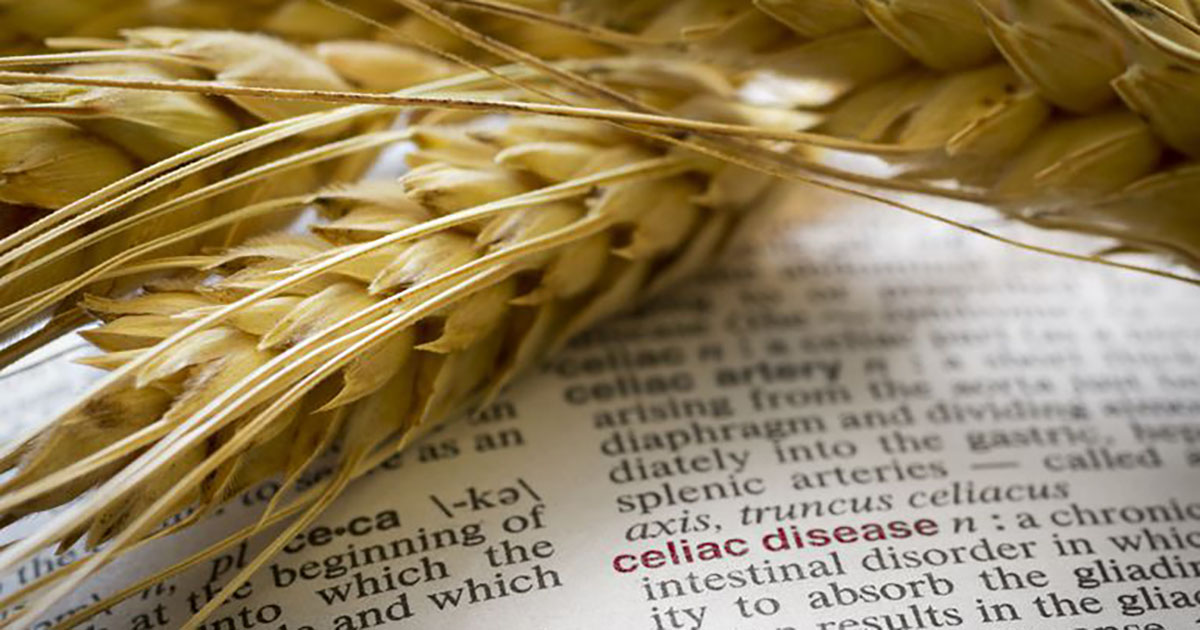Guide To Understanding Celiac Disease
Individuals who have heard about celiac disease before, if they do not suffer from it, often only know it is somehow related to the patient being unable to eat food containing gluten, such as pasta and bread. Some often even believe it is simply a matter similar to lactose intolerance, where it is still possible to consume these foods with only temporary discomfort, but this is not the case. Start reading to understand everything about celiac disease from precisely what it is to how doctors and dietitians go about treating it.
What Is Celiac Disease?

Celiac disease is a common medical condition in which the absorptive surface of the patient’s small intestine becomes damaged due to the body’s inability to process gluten properly. Gluten is a mix of two proteins and is present in wheat, barley, rye, and other grains. Thus, popular foods with gluten are bread, pasta, muffins, cookies, pizza, and many brands of cereal.
The damage from gluten often prevents the patient’s body from absorbing other nutrients, such as protein, carbohydrates, as well as some vitamins and minerals, all of which are essential to maintaining good health. Unfortunately, when not caught, celiac disease is quite detrimental to a patient’s health. Unlike lactose intolerance, it is not possible for patients to consume products with gluten and only suffer from temporary indigestion.
Symptoms Of Celiac Disease

Those with celiac disease can exhibit a range of symptoms depending on various factors including genetics as well as the severity of their specific condition. The typical symptoms of celiac disease include abdominal pain, weight loss, fatigue, irritability, chronic diarrhea, and bloating. However, more patients are also beginning to exhibit symptoms such as anemia, constipation, infertility, osteoporosis, oral ulcers, reduced spleen function, vomiting, and liver enzyme abnormalities. Children with celiac disease may also be short in stature, have a swollen belly, and puberty may also be delayed. Other symptoms are heartburn, acid reflux, and even itchy, blistery skin rashes. The latter is commonly referred to as dermatitis herpetiformis or celiac disease of the skin.
